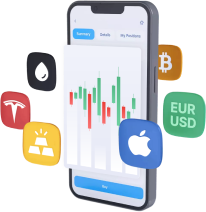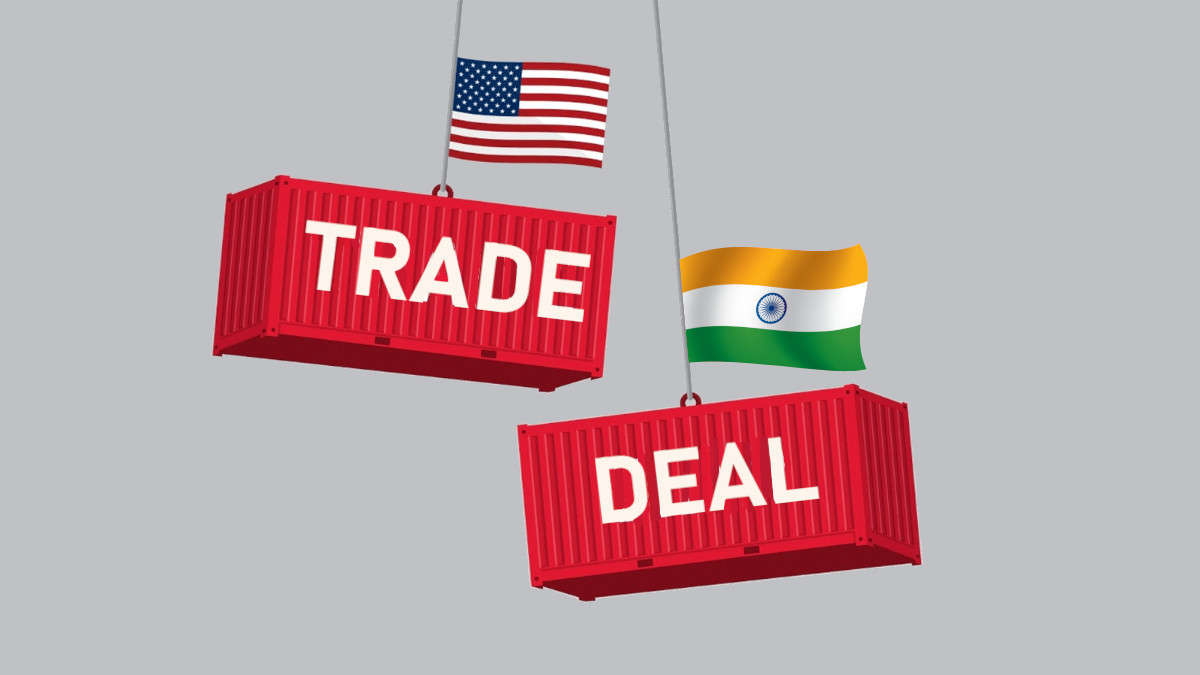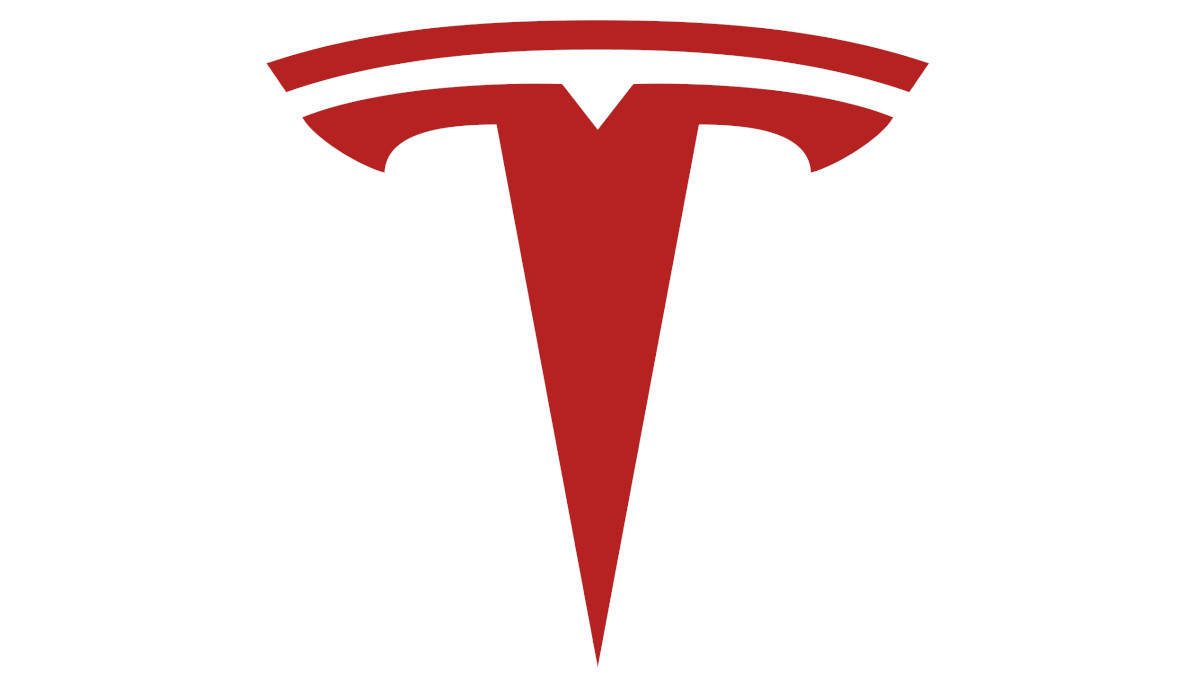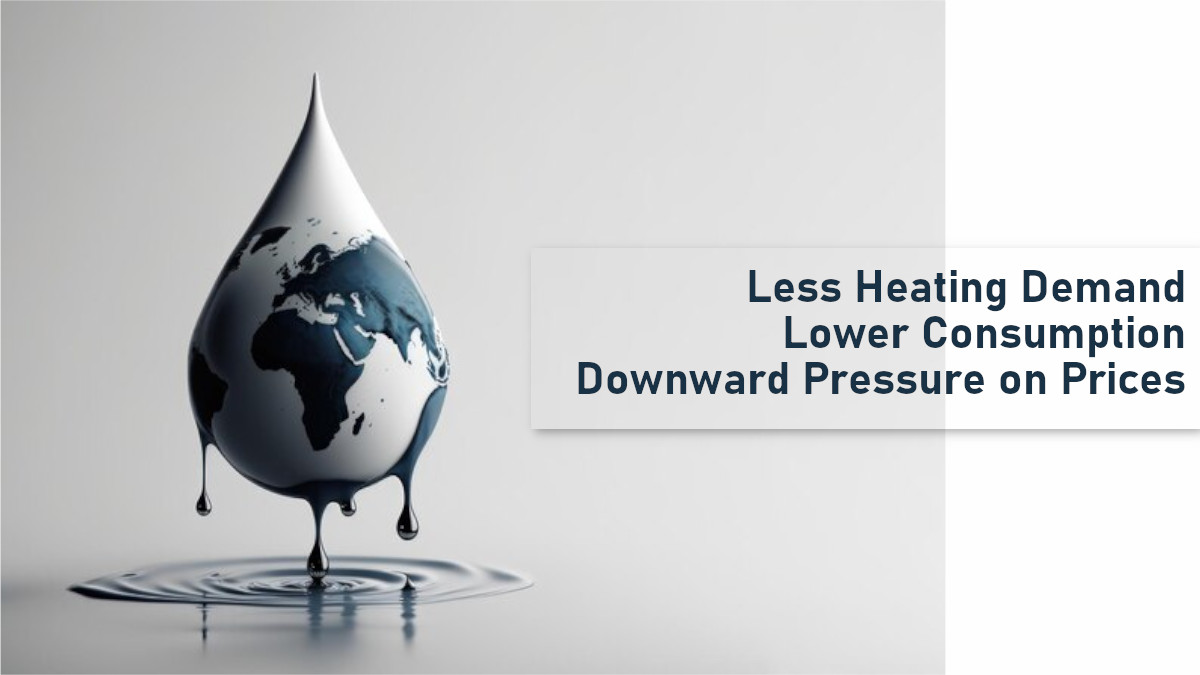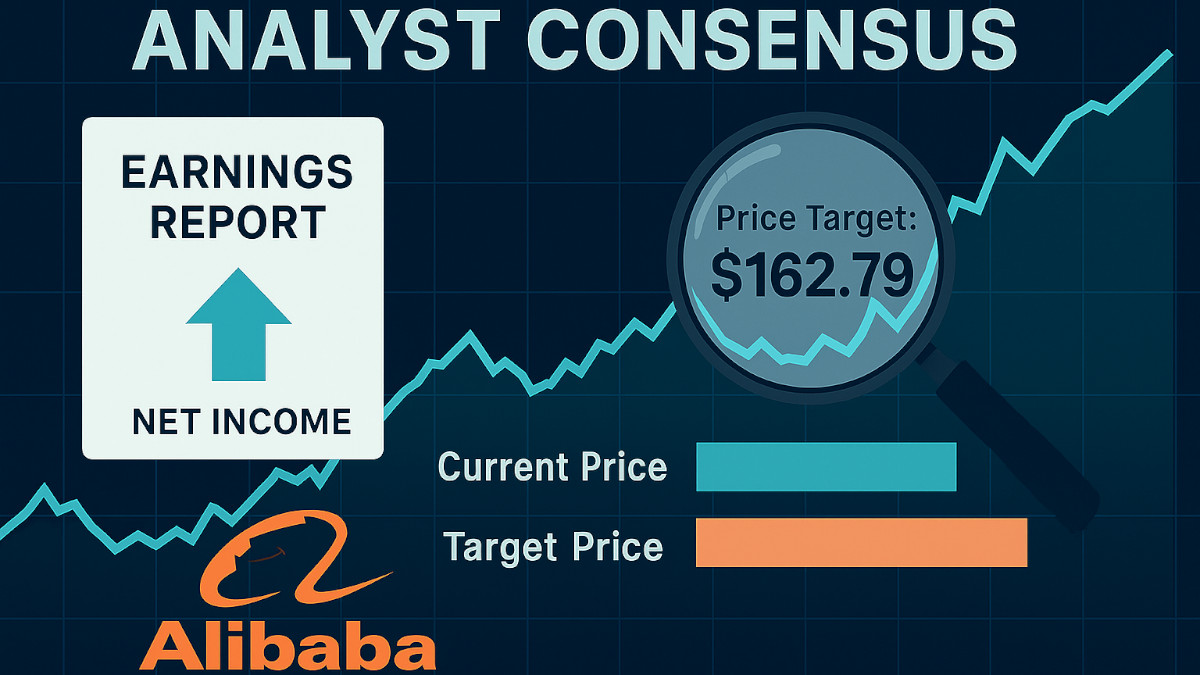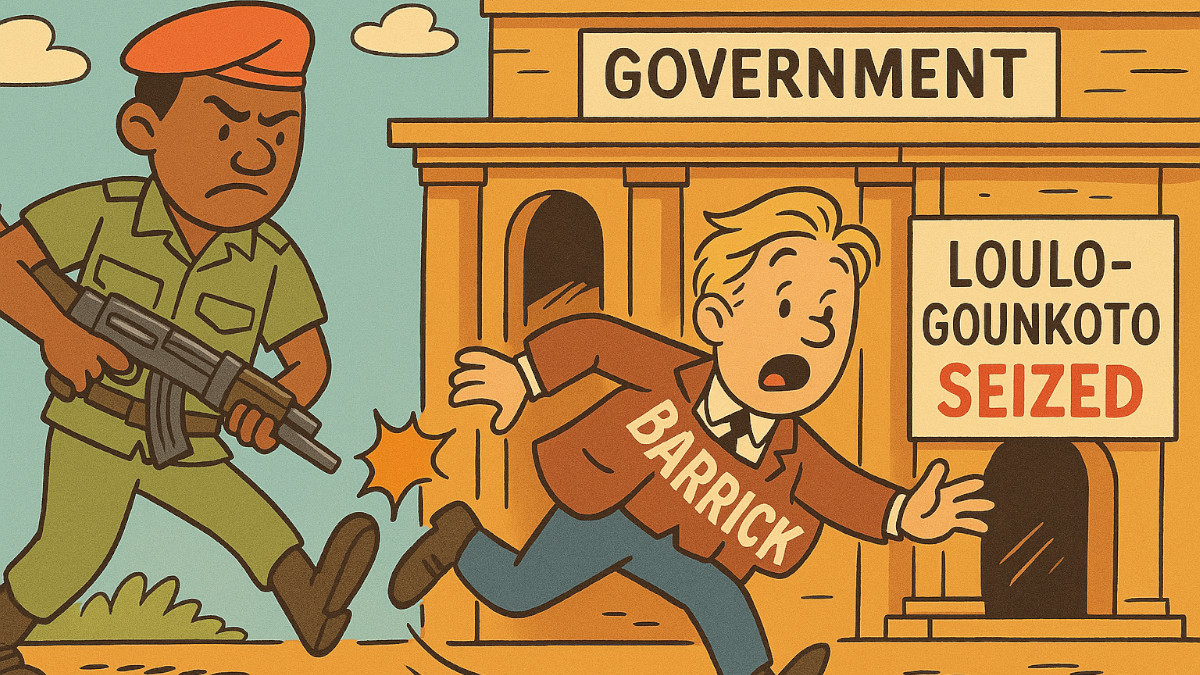- Analytics
- Trading News
- Who Benefits from Trade Wars Who Will Pay Tariffs
Who Benefits from Trade Wars Who Will Pay Tariffs
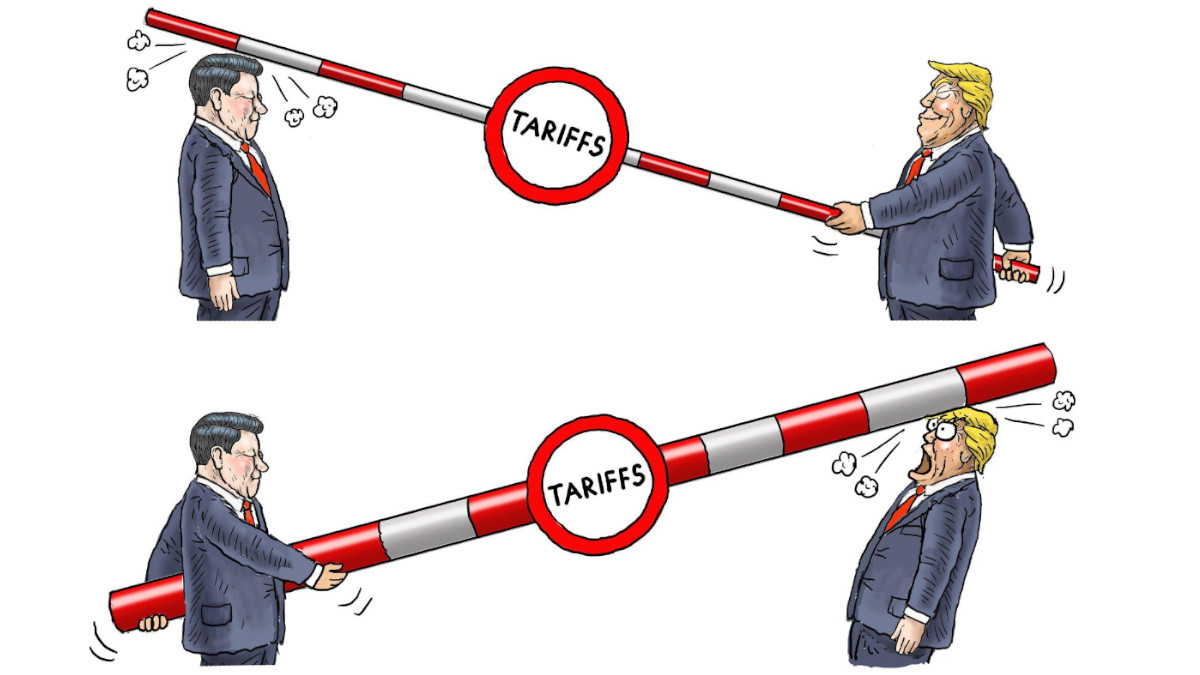
President Trump is back with more tariffs, and economists are warning: get ready to pay more. His recent announcements mean taxes on goods coming from Canada, Mexico, China, and even on steel, aluminum, and cars are about to go up. This isn't a new experiment. We saw this play out in 2018, and the results weren't what the administration hoped for.
The Idea vs. The Reality
The idea behind tariffs is simple: make imported goods more expensive to encourage people to buy American-made products. This, the administration argues, will boost US industries and punish foreign companies for unfair trade practices.
- Tariffs can provide a temporary shield for domestic industries facing intense foreign competition. This can allow those industries time to adjust, modernize, or regain competitiveness. For example, if a domestic steel industry is struggling due to heavily subsidized foreign competition, tariffs might offer a window for that industry to recover.
- Tariffs generate revenue for the government. This revenue can then be used to fund various government programs or reduce national debt.
- The threat of tariffs can be used as a bargaining chip in trade negotiations. It can pressure other countries to address unfair trade practices or open their markets to US goods.
- Tariffs can incentivize companies to move production facilities back to the United States. This could create domestic jobs and strengthen domestic supply chains.
But the reality is far more complex.
Who Really Pays?
When the US puts a tariff on imported goods, American businesses pay the tax. But who really feels the pinch? Economists have found that, in the past, sometimes foreign companies would lower their prices a bit to share the burden. However, recent studies on Trump's 2018 tariffs show something different: almost all the extra cost was passed directly onto American businesses and consumers.
Hard Numbers, Harsh Reality
Think about it
- Higher Prices: Studies found that tariffs on things like washing machines and solar panels led to significant price increases for American buyers. Even products not directly targeted, like dryers, saw price hikes.
- Big Losses: Economists estimate that the 2018-2019 tariffs cost the US economy a whopping $16 billion annually. That's a lot of money coming out of American pockets.
- Steel and Aluminum: Reports show that the price of imported steel and aluminum shot up after tariffs were imposed. This translates to higher costs for anything made with those materials, from cars to construction.
Why This Time Could Be Worse
Trump's new tariffs are targeting a wider range of goods. This means businesses will have less wiggle room to absorb the extra costs. They'll have little choice but to raise prices for consumers.
Inflation and the Fed
While tariffs don't directly cause widespread inflation, they do raise the price of specific goods. If enough things get more expensive, it could slow down the economy and potentially raise unemployment. In that case, the Federal Reserve might step in and take actions that could increase inflation.
The Bottom Line: Americans Lose
The evidence is clear: tariffs mean higher prices for American consumers. It's not about punishing foreign companies; it's about Americans paying more for everyday goods. With inflation already a major concern, this is the last thing Americans need.
In simple terms, expect your dollars to buy less.

